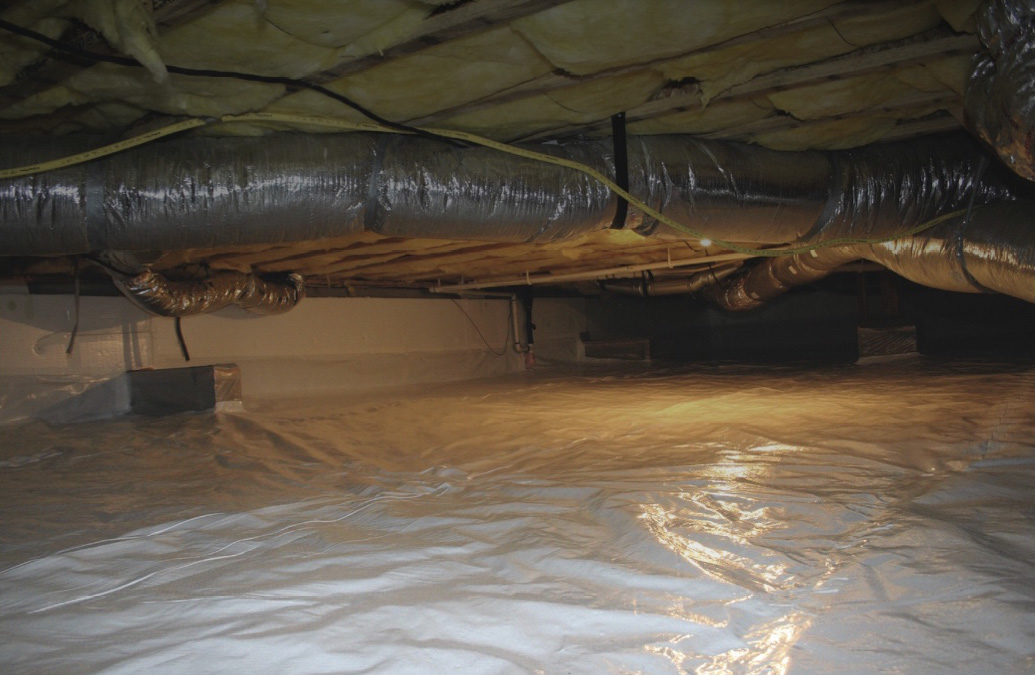There are over 27 million homes in the United States with crawlspaces. These crawlspaces are typically used for storage and easy access to plumbing but can also harbor water and mold. They are dirty, damp places that provide an ideal environment for mold, mildew, pests, and rust. Keeping your crawlspace dry is essential to improving the overall health of your home. Here are the essentials to crawlspace moisture barriers.
What is a crawlspace?
A crawlspace is a variation of a basement where you can crawl around. The surface of a crawlspace is often just bare earth. They are traditionally built for homes without a basement or for homes that aren’t built on a slab. The primary purpose of crawlspaces was to promote air circulation throughout the home and to allow easy access to plumbing, electrical, and other home maintenance needs. The crawlspace can also be used for extra storage.
Where does crawlspace moisture come from?
Crawlspace moisture usually comes from one of three sources:
- Bulk water. Water can accumulate from plumbing leaks or blocked drains. The longer this water remains stagnant, the worse the moisture problem can get.
- Outdoor air coming through vents. The vents around a crawlspace provide the perfect access for vapor from the outside air to come in, thus increasing your humidity levels.
- Moisture from the ground. Uncovered soil releases moisture into the air, thus releasing it into the crawlspace.
What are the benefits of crawlspace moisture control?
Controlling the moisture levels in your crawlspace provides you with several benefits, helping to improve both your health and the health of your home. The benefits include:
- Avoiding negative health effects from mold and mildew
- Increasing your home’s resale value
- Decreasing the risk of mold, mildew, wood rot, and floor failure
- Decreasing your heating and cooling bills
- Preventing insects and dust mites
- Eliminating odors
- Improving indoor air quality
What should crawlspace moisture levels be?
Crawlspace moisture should be kept at an appropriate level to help prevent adverse effects on your home and your health. The Environmental Protection Agency (EPA) recommends keeping the relative humidity in your home between 30% and 50%.
What is a vapor barrier?
A crawlspace vapor barrier is a set of polyethylene sheets that are placed on the uncovered soil of your crawlspace to prevent moisture from seeping through. This helps improve the relative humidity levels in the crawlspace. Vapor barriers, also known as moisture barriers, are often used in conjunction with dehumidifiers and/or crawlspace encapsulation.
Do you still have questions about crawlspace moisture barriers? Do you have an issue with moisture in your crawlspace? Contact a professional who can come out and inspect your crawlspace, identify potential areas of concern, and recommend the best treatment plan for your situation.

